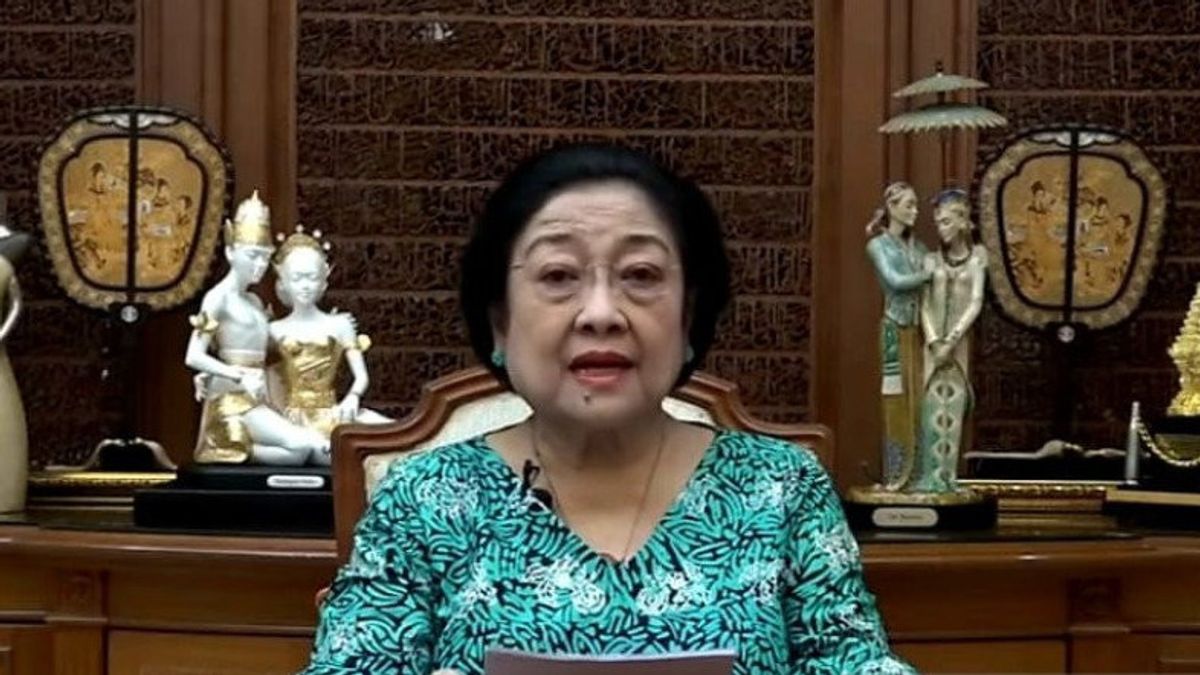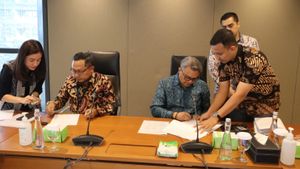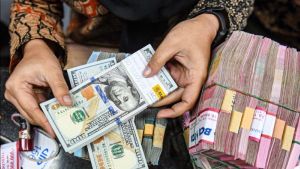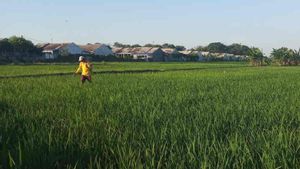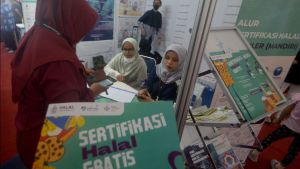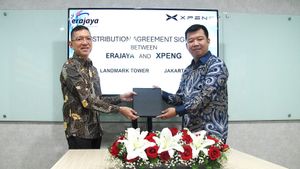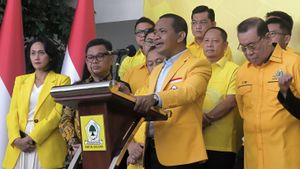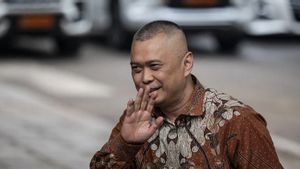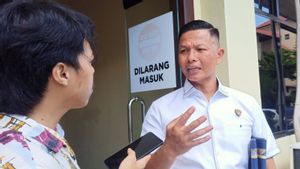JAKARTA - The fifth president of the Republic of Indonesia, Megawati Soekarnoputri, said that currently Indonesia's creative industry has changed. If previously considered only as a side item, now it is a formidable economic force.
"The creative economy (also) shows its potential to become a formidable economic force, and is able to become one of the pillars of the national economy. Creative economy is a value created from an idea," said Megawati in a show by Samuel Wattimena entitled 'An Exotic Journey to Nusantara'. virtually, Saturday, March 27.
Based on data from the Ministry of Tourism and Creative Economy, said Megawati, the fashion sub-sector contributed significantly to the gross domestic product (GDP) of Indonesia's creative economy, which reached 41.4 percent. In fact, the figure is higher than culinary and crafts which contribute under 20 percent.
"For me, it is just as happy to know that Indonesia is the third country, after the United States and South Korea, whose creative economy has a large contribution to the national economy," he said.
Talking about Indonesian fashion, said Megawati, it will be related to traditional wastra or cloth. According to him, Indonesian archipelago literature has been written in a very long history.
Megawati explained that during her journey, the archipelago was also influenced by the arrival of merchants from various countries. Among them are India, China and Europe.
According to him, the archipelago's wastra strands of threads and embellishes the motifs are works that have distinctive characteristics, symbols, colors, sizes, and materials influenced by the social culture of the Indonesian people.
"Indonesia has the most complete traditional wastra or cloth techniques in the world, and our ancestors succeeded in making it the identity of the archipelago, such as batik, songket, embroidery, ikat, filter, and many others," he said.
Megawati also mentioned one of Indonesia's traditional fabrics, namely batik. Currently, he said, the craftsmen have flourished in various regions. According to him, from year to year batik is always experiencing development.
"Throughout its history, the development of Indonesian batik has been influenced by foreign traders as well as immigrants. Some sources say that Indonesian batik reached its peak of creativity in 1890 to 1910. At that time, Dutch batik, Chinese batik, or Hokokai batik emerged," he said.
Megawati said that around 1955, President Sukarno encouraged the creation of a new style of batik, namely Indonesian Batik. Bung Karno wanted batik that displayed the value of art and culture as a national identity.
Finally, batik became Indonesia's world cultural heritage after being stipulated by UNESCO on October 2, 2009. The Indonesian government also made October 2 the National Batik Day which is always celebrated every year.
Meanwhile, fashion designer Samuel Wattimena admits that he is very confident that Indonesian local products can go global. According to him, Indonesia's local works are not inferior to developed countries.
"So, if we were busy exporting our products, now we can export our products and attract the world's eyes to see our localization," said Sammy.
The English, Chinese, Japanese, Arabic, and French versions are automatically generated by the AI. So there may still be inaccuracies in translating, please always see Indonesian as our main language. (system supported by DigitalSiber.id)
